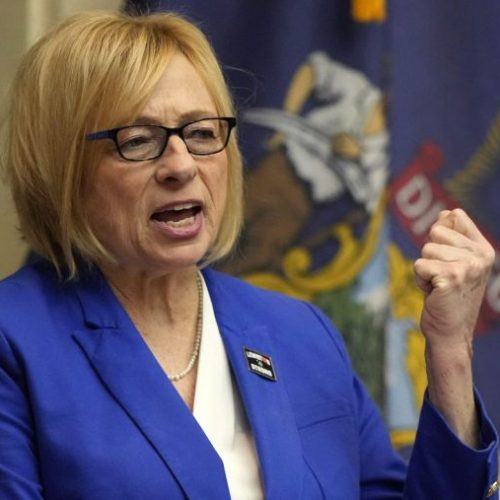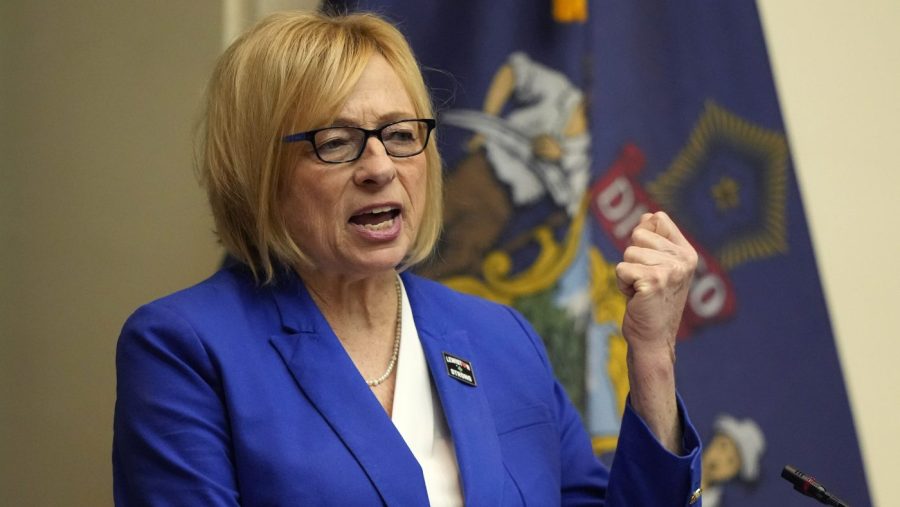Here is a brief overview of the current situation regarding Trump’s economic policies and their potential impacts, based on recent news and analysis:
President Trump’s Economic Agenda
Since taking office in January 2025, President Trump has issued several executive orders and proposed policies aimed at deregulation, tax cuts, and trade restrictions. Key elements include:
10% minimum tariff on all imported goods, with 60% tariffs on Chinese imports. Reducing corporate tax rate from 21% to 15%. Extensive deregulation across sectors like energy and finance. Withdrawal from global minimum tax agreement. Restrictions on Chinese ownership of U.S. assets.
Potential Economic Impacts
Economists and analysts have offered mixed projections on how these policies may affect the U.S. economy:
Positive Outlooks:
Deregulation and tax cuts could stimulate business investment and growth. Energy deregulation may boost domestic production. 47% of economists expect short-term positive growth impact.
Concerns Raised:
Tariffs may increase inflation and consumer costs. Trade restrictions could spark retaliatory measures from other countries. Debt and deficits may rise due to tax cuts. Labor shortages possible from immigration restrictions.
Current Economic Indicators
As of February 2025: GDP growth forecasts for 2025 range from 1.5% to over 3%. Unemployment rate at 4.1%. Inflation at 3% annual rate as of December 2024. 10-year Treasury yields have risen to 4.5%.
Why It Matters
The Trump administration’s economic policies represent a significant shift from the previous administration. Their implementation and effects will likely shape business conditions, international trade relations, and economic growth in the coming years. The outcomes may influence future elections and policy debates.
Background
Many of Trump’s current economic proposals build on policies from his first term (2017-2021), including an emphasis on deregulation, protectionist trade measures, and corporate tax cuts. However, some new policies like the “10-for-1” regulatory repeal rule go further than previous efforts.
Different Perspectives
While supporters argue these policies will boost growth and American competitiveness, critics warn of potential negative consequences:
Supporters say:
Deregulation and tax cuts will unleash business growth. Trade measures will protect American industries and workers.
Critics argue:
Tariffs may harm consumers and trigger trade conflicts. Deregulation could increase economic risks. Tax cuts may worsen deficits without spurring growth.
The actual economic impacts remain to be seen as these policies are implemented and interact with broader economic conditions. Ongoing monitoring and analysis from diverse sources will be crucial for understanding the evolving economic landscape under the Trump administration.









